How to Choose a Good Used Car
Used cars can be less expensive than new ones. But it’s useful to know how to choose a good car that won’t bring you any trouble in the future.
We at 5-Minute Crafts have collected the most important things to know that will help you in this difficult process.
Ask someone who knows a lot about cars to help you.
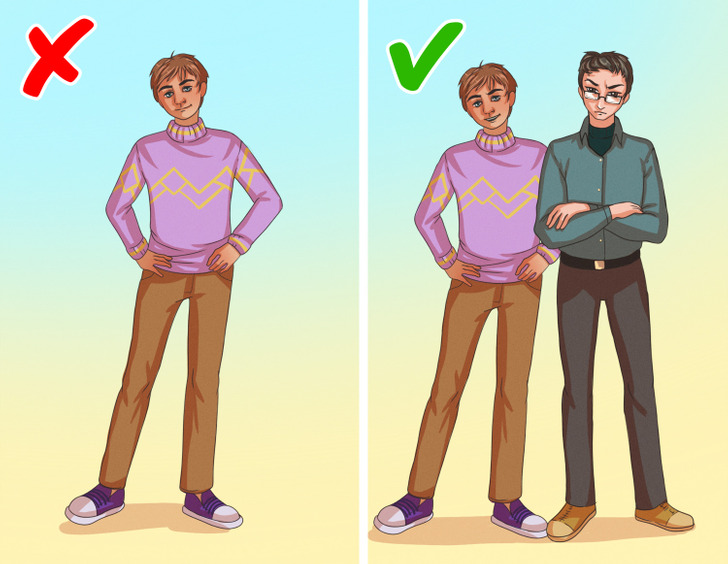
If you don’t know anything about cars, that’s okay: find a friend or someone else you know who does. Also, you should have:
- A magnet to check for hidden rust repairs.
- A flashlight to look under the hood.
- A checklist of things to look for. We’ll provide one in this article.
Meet the seller during the day so you can see all the details better. Dim evening light might not let you see some damage. Look over the body of the car.
- Is the paint shade the same on all the parts? Different colors are a sign of repairs after accidents.
- Ask the seller to turn on all the lights to see if they function.
- When you’re in the car, smell it. Check to see if there are any strange smells like cigarettes or mold.
- If you have children, take your baby car seat to check and see if it can be used in this car.
Check all the paperwork.

- The first step of checking a used car is getting a report on its history. Check its history and ask the owner if they still have all the papers about the work that has been done to fix it.
- The vehicle identification number (VIN) or license plate number can tell you a lot about a car. Checking the VIN is a quick way to see if the real data about the car is the same as the data the seller provided. The VIN can also be used to find out if there are any problems with the car.
- Remember that all the sellers say that the car only had one owner because it makes it more valuable. The report about the car will show if what they’ve told you is true.
Check the look of the car.
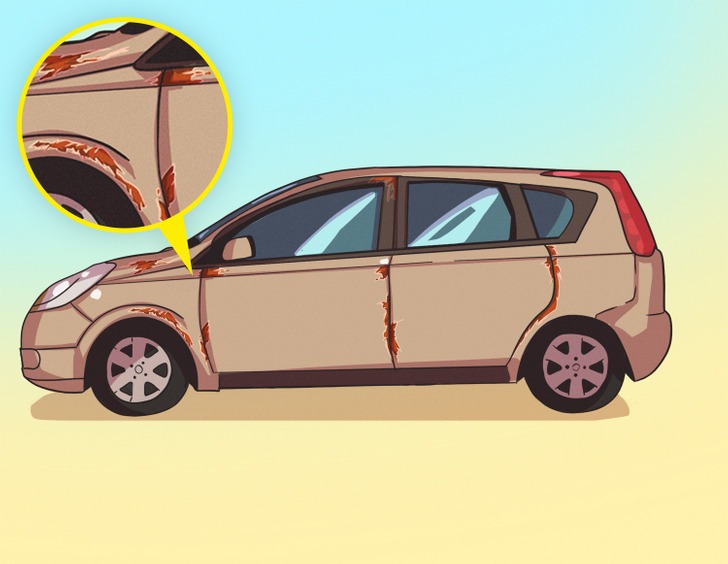
Like we said before, it’s better to look at a car during the day and in good weather because raindrops and poor lighting can mask a lot of problems. Most old cars have rust on them. But whether it’s a problem or not depends on its location. Structural corrosion is dangerous and rust on the car body can also be a problem.
Sometimes, rust is not visible but it doesn’t mean it’s not there. To check and see if it was hidden, look for bad paint. You can use a magnet to look for it: it won’t stick where the rust was painted over. But the magnet test won’t work if the paint contained iron dust.
Also, rook for rust:
- on weight-bearing parts and steering wheel mountings
- under carpets, the trunk-liner, and in the spare tire area
- inside the gas cap door
Carefully look over small scratches and bumps. A scratch going through the polish all the way to the metal will most likely lead to rust. Look at the tires. The tread should be a minimum of 1.6 mm deep and there shouldn’t be any damage or cuts on them. The tread of every tire should be evenly worn out. The tires that are overinflated wear out more in the middle and uneven damage might mean the wheels or suspension are not okay. This can reduce tire performance and increase wear and fuel consumption.
Open the hood and check the level of oil in the engine using the dipstick. A low oil level could be a sign of bad maintenance. If the oil on the dipstick is black, rather than brown, it may not have been changed in quite a while. Check the underside of the engine oil cap for any signs of gunk, which will have a mayonnaise-like appearance. This is a sign that the engine coolant is mixing with the oil, pointing toward a failed head gasket — something you should not buy.
Lift the trunk floor to check and see if all the original equipment remains. Most models will come with either a space-saver spare tire and jack, or a tire inflation kit. If they’re not there, ask why. Look for cracks in the windows. Stone chips in the windshield could develop into a crack. Any crack over 40 mm on the windshield will require repair. Some cars also need SD cards.
Don’t let the owner say something like, “It’s 10 years old, what did you expect?” A car can’t have any serious damage, no matter how old it is.
Do a test drive.
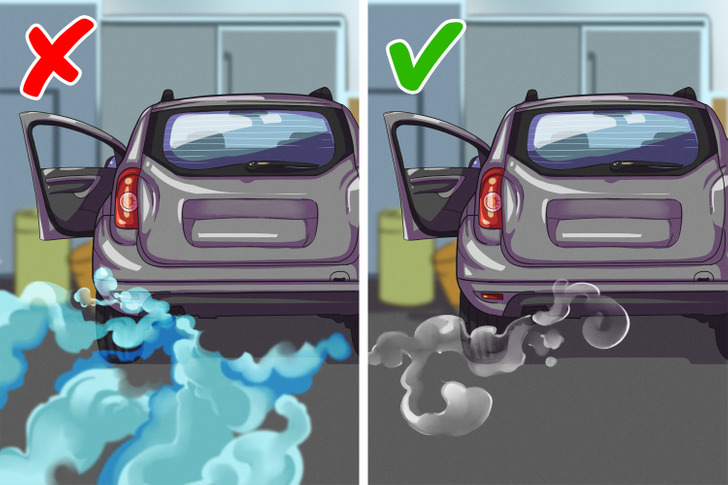
Before you get into the car, make sure it’s insured. You might be responsible for any damage if you drive a non-insured car. When you’re in the car, pay attention to the following things:
- Are the warning lights on?
- Do the oil and coolant level lights go off after a few seconds?
- Does the handbrake light go off when the brake is released?
- Does the starter motor turn over quickly and does the motor ’catch’ quickly?
- Are there any strange noises?
- Does the oil pressure light go off after the car has been running for a few seconds?
- Check the exhaust. Is there blue smoke coming out? White or blue smoke may indicate a serious problem.
- Clanging or clunking noises when starting and stopping could mean problems with engine mountings, exhaust, suspension, transmission, or the driveshaft.
- Tapping or knocking noises could be from a failing rod bearing, piston, or piston pin.
- Squealing noises when you brake may mean new brake pads or linings are needed.
- When you put your foot down, does the engine pull smoothly, without any stalls or power loss?
- When you take your foot off does the engine power down smoothly?
- Try changing the gear down quickly a few times — is there a crunching noise? The gearbox may need work.
Find a quiet stretch of road and try an emergency stop, from about 20 mph. Put on the brakes firmly, but don’t slam them. The car should slow down quickly and in a straight line (if the car starts to veer to one side, release the brakes and correct the steering).
Have a mechanic check the car.
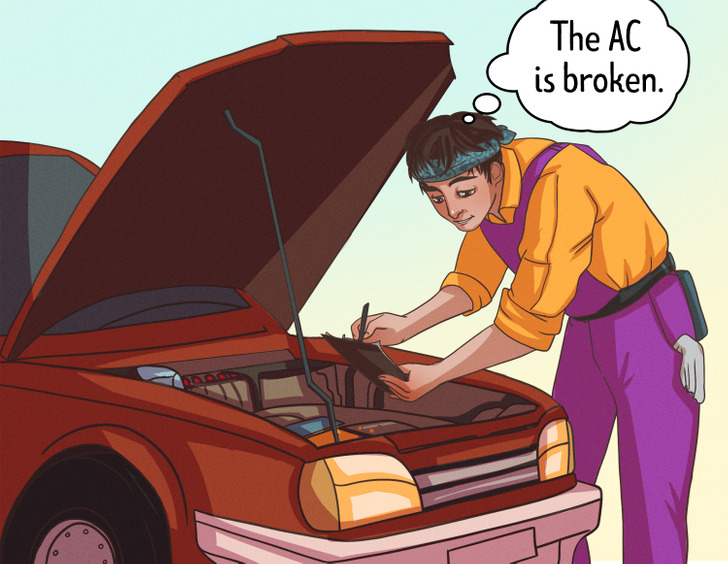
Get a mechanic to check the car. Don’t rely on what the seller (or their mechanic) tells you. Yes, it will cost you additional money but it keeps you safe from having to repair the car soon after buying it. Besides, you might find out facts that will give you more leverage to negotiate the price. A good mechanic won’t just find the problems that are not obvious for most ordinary people but they will also tell you how much the repairs will cost.
Don’t choose cars based on their mileage.
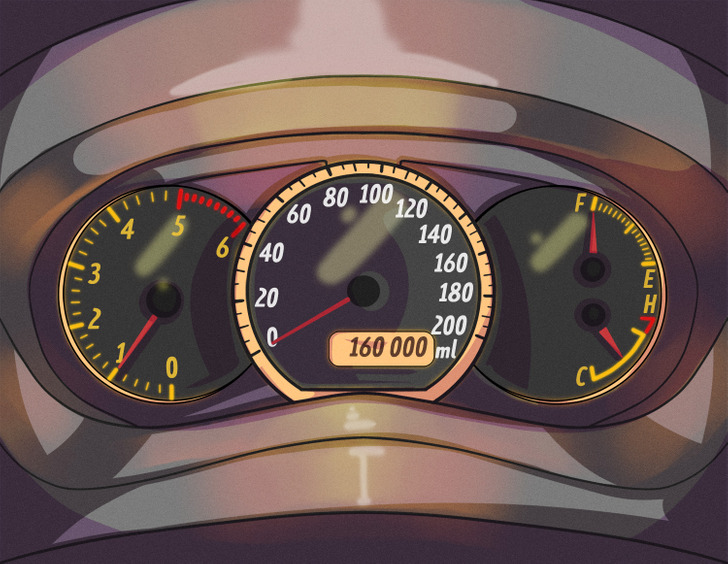
Low mileage doesn’t necessarily mean fewer problems.
A well-maintained car can easily go 200,000 miles, and possibly even more than that. Engines can run for a very long time if they are properly maintained, and it pays to remember that. Low mileage is too important for used car shoppers, but buyers often place far too much importance on it.
Always be ready to leave.
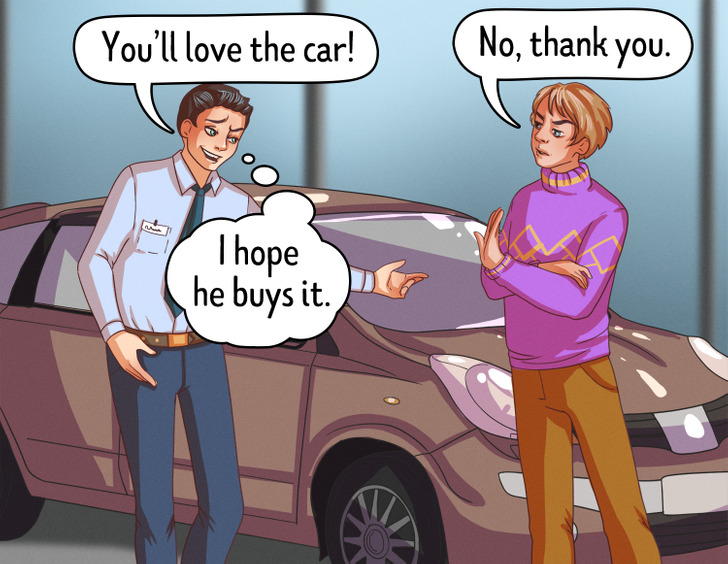
When you’re buying a car, the best strategy is always to be ready to leave. There are many things that can lead to huge expenses with the car in the near future: bad tires or expiring maintenance periods. Use these factors to discuss the price. If the seller doesn’t want to negotiate the price, and it’s obvious they want too much for the car, just turn down the deal and leave.